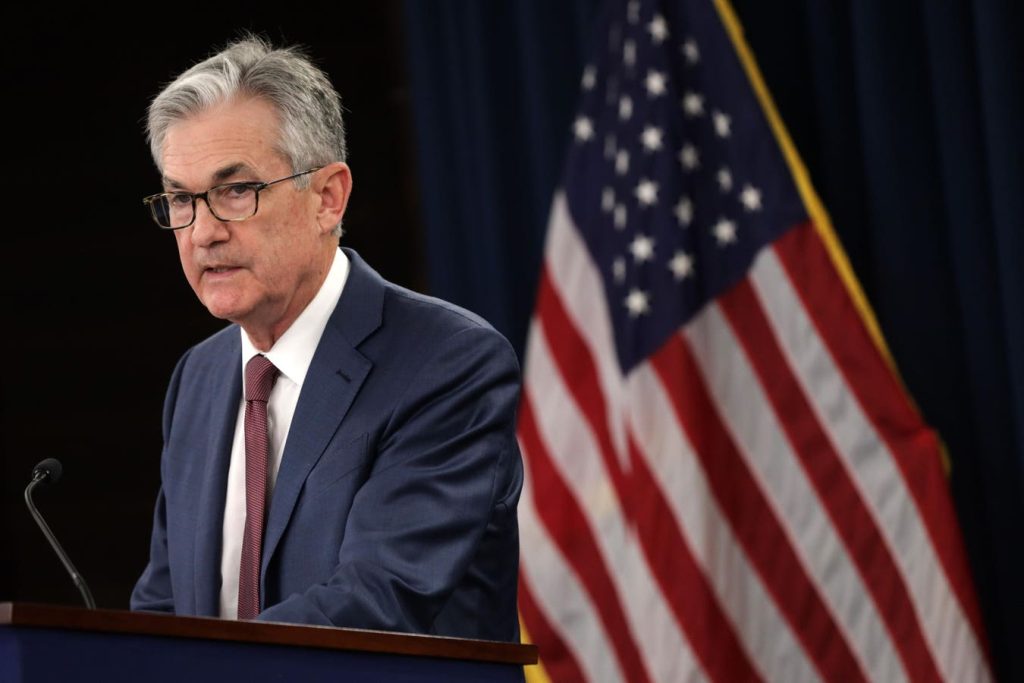The Federal Reserve’s next interest rate decision comes on December 13, and rates are likely to remain unchanged at 5.25% to 5.5%. That’s because with October’s Consumer Price Index inflation report, inflation continues to move lower and rates are already at restrictive levels. Therefore, the Fed is perhaps inclined to wait for elevated interest rates to do the work in bringing down inflation. That said, some Fed officials have stated rates could move higher from here, even though market forecasts disagree.
October’s CPI Report
October’s CPI report saw headline inflation cool to a 3.2% annual rate as energy prices fell. However, stripping out food and energy the underlying rate is 4.0%. Importantly, shelter costs rose more slowly than many months of 2023, which is important given the category’s weight in the series. These shelter cost trends may reassure the Fed. Still, the inflation rate, though decelerating for much of 2023, is still well above the Fed’s 2% annual inflation target, and services inflation remains fairly high. As such the Fed officials have stated that they have no plans to cut rates in the near term.
December’s Meeting
Markets expect the Fed to hold rates steady on December 13, currently giving only a 1 in 20 chance that the Fed elects to raise rates according to the CME FedWatch Tool. The Fed is typically reluctant to surprise the markets on interest rate decisions.
However, some Fed officials have mentioned that another increase is possible. For example, on November 7, Fed Governor Michelle Bowman said at a speech in Columbus, Ohio, “I continue to expect that we will need to increase the federal funds rate further to bring inflation down.”
Should it occur, such a rate increase is unlikely in December, but could occur in early 2024 with upcoming decisions on Feb 1 and March 22. Still, there is a disconnect between markets and the Fed policymakers here. Markets now expect that the Fed is more likely to cut rates than raise them in 2024, Fed officials generally disagree with that view.
Recession Risk
Another consideration is the risk of a U.S. recession in 2024. Many indicators suggest a recession could be coming from the inverted yield curve to a potentially cooling job market. However, as in 2023, the economy could defy expectations and, as of Q3 2023, U.S. economic growth was clearly robust.
If there were a recession, then the Fed would face a dilemma. They could, broadly speaking. keep rates high to beat inflation, or cut rates to support the jobs market. In practice, a recession may do some work to tame inflation too. However, for now the Fed has stated that their focus is on bringing inflation back to target and they are less concerned about recession risks based on recent data.
What To Look For
Importantly, even if rates don’t move at the Fed’s December meeting, the Fed will update their Summary of Economic Projections. These were last provided on September 20. These projections, together with the Fed’s statement and Powell’s press conference, will enable market to gauge what to expect from the Fed in 2024.
For now, markets and the Fed disagree on whether another rate increase could be coming. The Fed believes another rate increase is possible, markets are less convinced. Recently the Fed has softened its language on future interest rate increases, but nonetheless left them as a clear option for monetary policy. In December, depending on incoming economic data, it’s possible that tone changes.
Read the full article here















